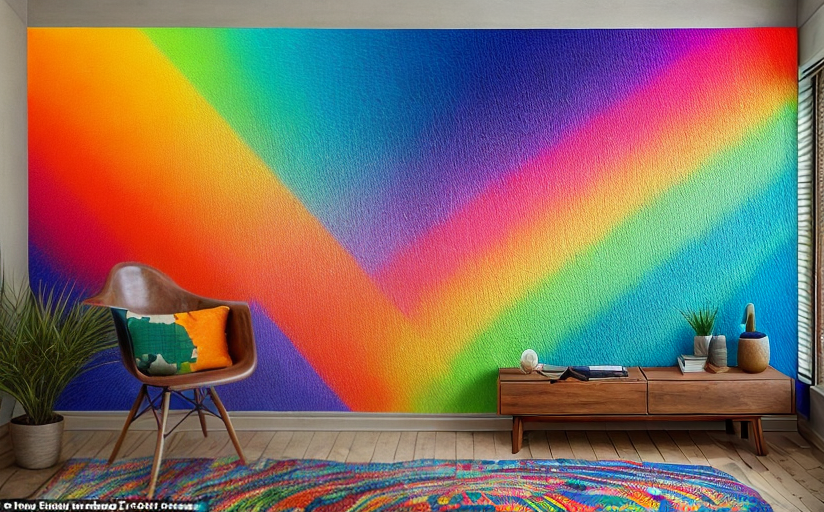Impact and Influence of Indigenous Art on Global, Mainstream Culture
Indigenous art has long served as a wellspring of inspiration in countless creative sectors around the globe. Its evocative motifs, deeply meaningful symbolism, and diverse styles have imbued influential elements into contemporary art, fashion, design, and entertainment, pushing boundaries and providing a fresh well of creative insight.
Indigenous Art Styles, Motifs, and Symbolism in Contemporary Art
In the sphere of contemporary art, numerous artists have drawn from the wealth of indigenous aesthetics and principles. Anish Kapoor, a British-Indian sculptor known for his geometric structures and large scale installations, borrows from the visual language of his Indian heritage. Similarly, the recent surge in popularity of Aboriginal dot paintings has prompted modern artists worldwide to incorporate this technique in their works.
Influence on Fashion and Design
Indigenous art’s impact stretches into the world of fashion and design as well. Designers like Valentino and Isabel Marant, amongst others, have incorporated elements such as tribal prints, beads, and featherwork into their collections. InDesign, culturally-rich patterns and colors inspired by Native American, African, and Pacific Islander tribes ignite fresh dialogues in the realm of interior design.
Entertainment Inspired by Indigenous Art
The entertainment industry has similarly been influenced. Films like Avatar were inspired by indigenous cultures, utilizing vibrant colors and unique designs indicative of tribal societies. Video game designers also frequently draw upon indigenous symbols, portraying them in various game environments to enhance their narratives.
Receipt and Interpretation by Indigenous Cultures
While this borrowing of artistic elements has promoted global cultural diffusion, it has also provoked conversations around cultural appropriation. Indigenous communities often regard this interpretation and adoption of their art forms with mixed emotions, ranging from appreciation of the recognition to concern over misinterpretation or disrespect towards their cultural values.
Respecting Cultural Origins and Conversations around Cultural Appropriation
Given respect, recognition, and appropriate credit for the indigenous origins of artistic inspirations is essential in fostering a more inclusive global culture. Discussions surrounding cultural appropriation underscore that while it is essential to share and celebrate cultural diversity, it is equally crucial to avoid misusing or disrespecting cultural symbols, motifs, and art forms in the process.
Cultural Appreciation for a Richer global Culture
Indigenous art continues to shape and evolve the face of our global culture. Recognizing and respecting the origins of these influences invites cross-cultural exchange, broadens our artistic vocabularies, and enhances our collective creative landscape. Therefore, let us continue to appreciate the cultural riches that indigenous art bestows upon us, informing our understanding of the beauty not only in our world's artistry but in its diverse cultural heritage as well.



















Comments
Leave a Comment